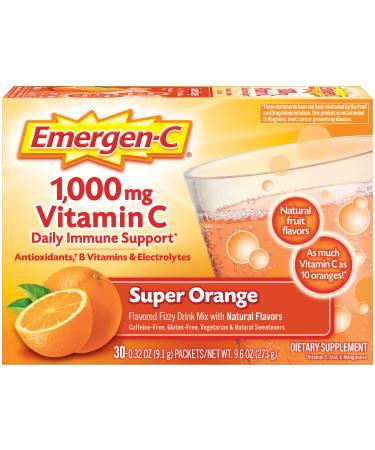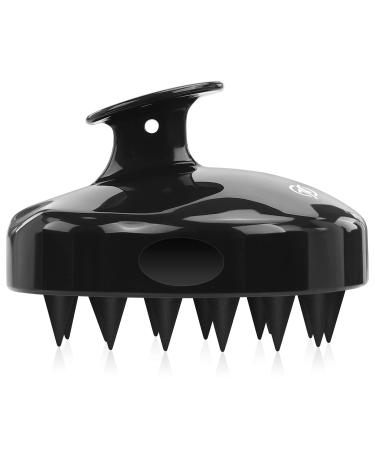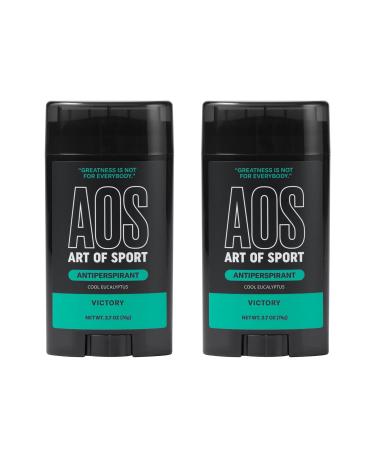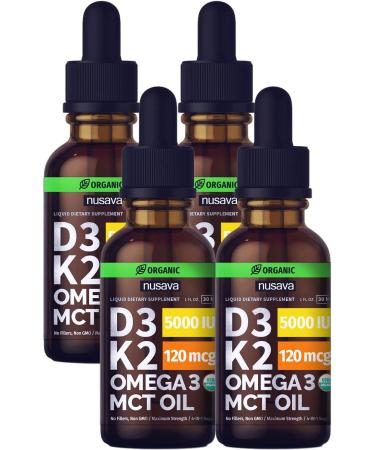- Clinically shown to reduce colic due to cow’s milk allergy within 48 hrs.
- Has DHA and ARA, nutrients found in breast milk that support baby’s brain and eye development
- Hypoallergenic — made with extensively hydrolyze proteins that are less likely to trigger an allergic response
A hypoallergenic formula proven to manage colic fast, often within 48 hours. If your baby has an allergy to the cow's milk protein in infant Formula, Nutramigen with flora LGG contains both extensively hydrolyzed protein to manage colic fast and flora LGG to promote immune system balance. These two ingredients offer a more comprehensive approach working together to help babies feel better faster. The benefits of these two ingredients include. Hypoallergenic, easy-to-digest protein, proven to promote skin health in infants through 18 months of age. Proven to promote digestive system health within 1 week of use. Effectively manages colic in 48 hours, flora LGG probiotic to promote immune system balance. Nutramigen with flora LGG is also. Nutritionally balanced, lactose Free, and has no added sucrose. Packaging may vary.
An Enfamil Formula to Help Meet Your Baby's Needs
If your baby's having a hard time with his or her feedings, it's probably because their little digestive system is still developing and may need some additional TLC. Fortunately, there's an Enfamil formula designed to help meet these feeding needs.
These formulas are formulated to include a blend of DHA (docosahexaenoic acid) and ARA (arachidonic acid), nutrients found in breast milk that help in the development of a baby's brain, eyes, and immune system. Whatever your baby's feeding need, there's an Enfamil formula to help.
A Specialty Formula for Babies with Milk Protein Allergy
If your baby experiences excessive crying or appears colicky, this may be due to the regular infant formula they are drinking. Your baby could have an allergy or sensitivity to the cow's milk protein found in that formula. Nutramigen with Enflora LGG* has been specially designed to help manage babies with cow's milk protein allergy. Ask your baby's doctor if this formula is right for your baby.
The Story Behind the Allergy
What causes a milk protein allergy or sensitivity? A baby's intestine is naturally immature at birth. As your baby feeds, whole proteins are digested and absorbed into the intestine. But occasionally, larger proteins can slip through the immature intestinal barrier.
In infants with a cow's milk protein allergy, these proteins are misrecognized as a foreign body, or antigen, which leads to an immune response, eventually causing the intestine to become inflamed. Prolonged inflammation allows for an increased transfer of antigens, causing more inflammation and discomfort for a baby.
Manage Cow's Milk Protein Allergy with the Power of Two
Formulas like this one, designed for infants with cow's milk protein allergy, use proteins that are extensively broken down to reduce allergen exposure and avoid an allergic response.
With the Power of Two, this formula not only has these broken-down proteins--it also has a probiotic that helps the strength of the intestinal barrier. Nutramigen effectively manages colic due to a cow's milk protein allergy fast--often within 48 hours.
Recommended and Trusted
With 70 years of proven performance, Nutramigen has long been recommended by doctors and trusted by mom to effectively manage cow's milk protein allergy. Now, with the Power of Two, it also has an extensively studied probiotic for allergy management.
Enfamil: Inspired by Mom
With over a century of innovation behind it, Mead Johnson strives to be the world's leading provider of science-based pediatric nutrition products. They are dedicated to helping provide infants and children with the best start in life.
Over the years, Mead Johnson has produced an impressive array of infant formula, vitamin, and specialty nutritional innovations including Enfamil, their leading product today. With over a century of trust, Enfamil has undergone several significant formulations--each one designed to bring it nutritionally closer to breast milk than it was before.



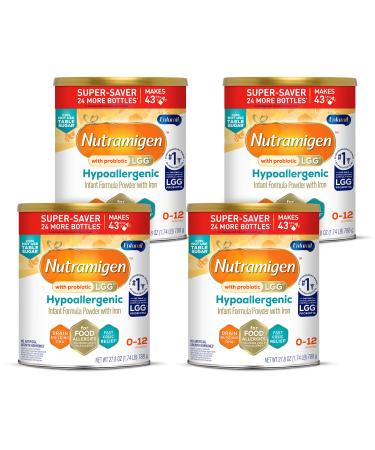

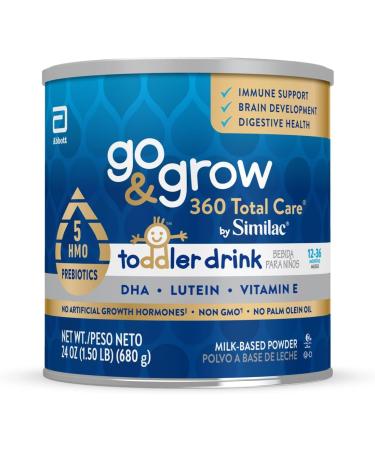

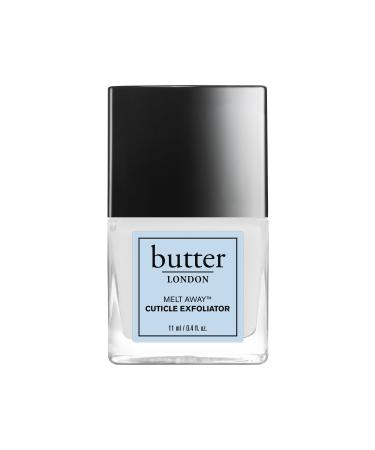
![Stewart Freeze Dried Dog Treats Made in USA [Single Ingredient Puppy and Dog Training Treats - Grain Free Natural Dog Treats] Resealable Tub to Preserve Freshness](https://www.gosupps.com/media/catalog/product/cache/25/small_image/375x450/9df78eab33525d08d6e5fb8d27136e95/6/1/61gwbbixarl._ac_sl1500_.jpg)
